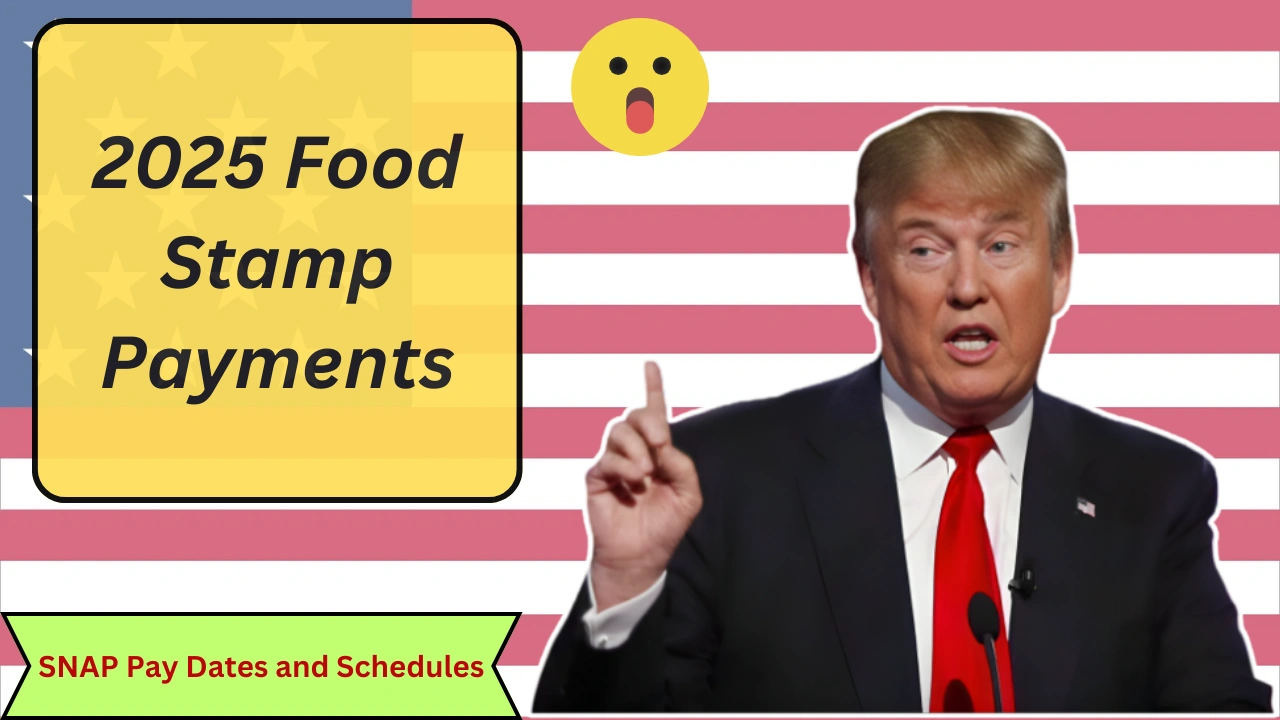The Supplemental Nutrition Assistance Program (SNAP), also known as food stamps, is a crucial federal program designed to assist low-income households with purchasing food. If you rely on SNAP benefits to support yourself or your family, it’s important to understand how payments are distributed, when they arrive, and the eligibility criteria. In this guide, we’ll break down everything you need to know about the 2025 SNAP payment dates, from how the program works to what you can do if your benefits are delayed.
Key Insights for 2025 SNAP Benefits
| Key Information | Details |
|---|---|
| SNAP Program | Provides monthly assistance to low-income individuals and families to buy food. |
| Payment Dates | Vary by state, generally between the 1st and 15th of each month. |
| Payment Methods | Benefits are distributed via an Electronic Benefit Transfer (EBT) card. |
| Official Resources | Visit the USDA SNAP website for updates. |
| Emergency Allotments | Temporary increases in benefits during crises. |
| Eligibility Criteria | Based on income, household size, and other expenses. Refer to your state’s official SNAP page for details. |
The SNAP payment schedule for 2025 is set to ensure consistent financial assistance for households. Knowing when your benefits will be issued, understanding the eligibility rules, and managing your benefits effectively are key to making the most of this important resource. Keep an eye on any potential updates and changes to the system to avoid disruptions.
What is SNAP?
The Supplemental Nutrition Assistance Program (SNAP), federally known as food stamps, helps low-income individuals and families buy food. SNAP benefits are distributed monthly via an Electronic Benefit Transfer (EBT) card, similar to a debit card, which can be used at participating grocery stores, farmers’ markets, and some online retailers.
In 2025, SNAP remains a vital resource, especially for households facing financial challenges. One of the most important aspects of managing this benefit is understanding when you will receive your payments.
When Will I Receive My SNAP Benefits in 2025?
While each state manages its own distribution process, most will continue to issue benefits between the 1st and 15th of each month. However, the specific date can depend on your state, case number, or last name. For instance, states like California, Texas, and New York typically follow a schedule where the payment date is based on the last digit of your case number.
For example:
- California: If your case number ends in “1”, your benefits may arrive on the 1st of the month, while if it ends in “9”, you could receive them on the 9th.
- Texas: Payments are distributed on a rolling schedule between the 1st and 15th, depending on the last digit of your case number.
Always check with your state’s official SNAP website for the most accurate payment schedule.
How to Qualify for SNAP in 2025
Eligibility for SNAP benefits depends on several factors. Generally, you must meet the following requirements:
- Income: Your household’s income must be at or below the threshold established for your state. This may vary based on household size, state-specific guidelines, and certain income deductions like child support or disability benefits.
- Household Size: Larger households are eligible for higher benefits since they generally require more food.
- Assets: Some states set asset limits. Your savings or properties, including cars, may impact your eligibility, although exceptions exist.
- Residency: You must live in the state where you apply for SNAP.
Federal poverty guidelines are typically used to determine eligibility, though each state may have its own set of rules or additional criteria. To apply, visit your state’s official SNAP website for detailed instructions.
How Are SNAP Benefits Calculated?
The amount of SNAP benefits you receive is calculated based on several factors, such as household income, size, and deductible expenses. Generally, the USDA uses the following formula to calculate benefits:
- Net income: Your income after deductions for necessary living expenses, such as rent, utilities, and medical costs.
- Standard deduction: Every household qualifies for this deduction to cover basic expenses.
- Thrifty Food Plan: SNAP benefits are designed to help you purchase a low-cost, nutritious diet based on the USDA’s Thrifty Food Plan.
Here’s an example of how SNAP benefits may be calculated for a household of three:
- Household size: 3 people
- Gross monthly income: $2,000
- Rent: $800
- Utilities: $200
- Allowable expenses (rent, utilities, etc.): $1,000
The state will subtract these expenses from the income and use the Thrifty Food Plan to determine the benefit amount.
Tips for Managing Your SNAP Benefits
To ensure you make the most of your SNAP benefits, consider these practical tips:
- Plan Your Meals: Organize meals ahead of time and stick to your shopping list. This helps avoid unnecessary purchases and makes your benefits last longer.
- Use Coupons and Discounts: Many stores allow you to combine SNAP benefits with coupons. Look out for sales and promotions to save even more.
- Shop at Farmers’ Markets: In many areas, SNAP can be used at farmers’ markets, where you can purchase fresh, nutritious produce while supporting local farmers.
- Prioritize Healthy Foods: Focus on buying fruits, vegetables, lean meats, beans, and whole grains, which provide the best nutritional value.
- Monitor Your EBT Balance: Keep track of your EBT card balance using your state’s online tools or mobile apps to avoid running out of benefits before the end of the month.
Common Mistakes to Avoid
To ensure you receive uninterrupted SNAP benefits, avoid these common errors:
- Missing Deadlines: Failing to apply or complete required recertifications on time may delay or even cancel your benefits.
- Misusing Benefits: SNAP benefits can only be used for food. Non-food purchases, such as toiletries and alcohol, are not allowed.
- Not Reporting Changes: If your income, household size, or other circumstances change, report these changes promptly to your local SNAP office.
Emergency Allotments
In times of crisis—such as natural disasters or public health emergencies—emergency allotments may temporarily boost SNAP benefits. These extra funds can provide critical support when your household faces job loss or other challenges.
If your state offers emergency allotments in 2025, it can be a crucial financial lifeline. Check with your local SNAP office for further details.
Frequently Asked Questions (FAQs)
1. Can my SNAP benefits be delayed?
Yes, delays can happen due to system errors or holidays. If your benefits are delayed, contact your SNAP office for more information.
2. What can I buy with SNAP benefits?
You can purchase bread, dairy, fruits, vegetables, meat, fish, poultry, and seeds or plants to grow food. Non-food items like toiletries are prohibited.
3. What if my benefits don’t arrive on time?
If your benefits are late, contact your state’s SNAP office to check your account balance and get more details.
4. How do I apply for SNAP?
Visit your state’s official SNAP website, fill out the application, and provide necessary documentation like proof of income and household details.
This guide is designed to help you navigate the 2025 SNAP payment dates, maximize your benefits, and stay informed about any changes that may affect you. Make sure to regularly check your state’s official SNAP resources for up-to-date information.



